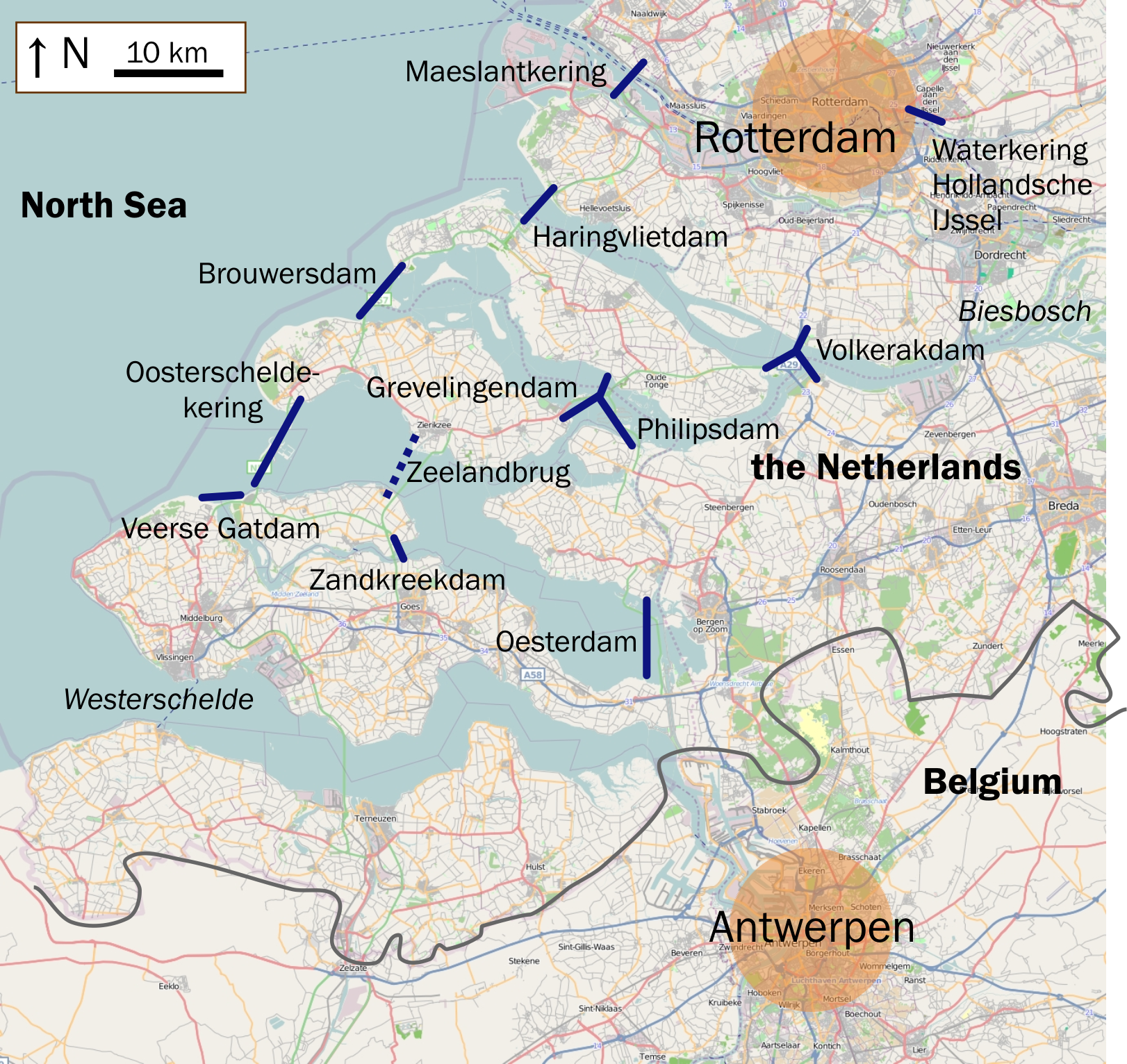 |
The article that caught my attention is Adapt faster to changing climate, Europe warned, written by Ms. Harvey. It has been awhile since I wrote about climate change, so I thought I would bring this article to your attention. It is interesting even if you don't live in Europe!
Remember when I talked about storm surge in Let's Talk Hurricanes...? Storm surges are the large waves of water forced up onto land by a hurricane as it approaches from the sea. Shallow coastlines are particularly susceptible to damage as the water rushes up onto the shore and spreads out. Most coastal flooding is due to storm surge.
This article suggests that coastal areas in Europe should consider building more flood barriers to protect against storm surge. There is already one such barrier along the River Thames. This flood barrier is really quite remarkable!
There are sections of the gate across a part of the river. Some sections don't allow for water traffic to pass through them. Other sections have a gate that rests on the river bend and then rotates up to create a barrier in the river. These walls prevent water from rushing too far down the river and flooding London.
The UK Environment Agency also has a great video on their site that explains how the barrier works in more detail.
The European Environment Agency (EEA) is "a major information source for those involved in developing, adopting, implementing and evaluating environmental policy, and also the general public" that currently works with 32 countries. It has a site, partnered with the European Commission, called the European Climate Adaptation Platform (CLIMATE-ADAPT) and is all about helping Europe adapt to climate change. This is where the recent report about preparation and adaptation came from.
Like the U.S.'s Environmental Protection Agency (EPA) the EEA has also acknowledged that effects of climate change can be seen and felt, and that adaptation is necessary.The EEA is also in agreement that there will be more and worse storms, flooding, droughts and so on. Already areas in southern Europe are seeing less rainfall and increased rainfall in areas of Northern Europe.
The average temperature has risen.
The building of more flood barriers is only one of many recommendations made by the agency. They also suggested changes to be made in agriculture (crops and farming methods) and policy. It also suggested other measures to be taken, like early warning systems.
There are also other areas in Europe with movable flood gates. The Netherlands has a series of storm barriers called the Delta Works, or Deltawerken.


These barriers, and others that have already been built, weren't in response to climate change specifically, but they do represent a means of protection against some of the effects.
As you can see, the United States are not the only ones who are actively pursuing adaptation as a means of dealing with climate change. Sometimes we forget that other places in the world are going through the same difficulties as us.
Climate change doesn't care where you live, what religion you practice, or how much money you make. It is everywhere.
Climate change is global.
Different areas will have to make different changes but we will ALL need to adapt.
No comments:
Post a Comment